Reds Meadow Valley, nestled in the Inyo National Forest on Mammoth Mountain’s western slope, is a popular camping destination where the John Muir and Pacific Crest Trails meet. The area boasts 126 six-person campsites across five campgrounds, four group campgrounds, and additional facilities. However, over time, camper encroachment has significantly degraded the riverside wetlands and forest areas.
To address this, us, as landscape architect, with WRA, as environmental consultants, redesigned the campgrounds, aiming to restore 12 acres of wetlands and natural habitats while enhancing the camping experience. Their plan involved rerouting traffic, relocating campsites, adjusting facilities, and clarifying trail connections, all while meeting ADA and USFS standards. This redesign not only improves the camping experience but also contributes to the restoration of degraded habitats and the broader initiative to enhance water quality in the San Joaquin River watershed from the mountains to San Francisco Bay.
Size
±10 acres Campground
±12 acres Restoration
Client
John Muir Trails Wilderness Conservancy
US Forest Service, Inyo National Forest
Team
JNRA (Landscape Architect)
WRA Environmental Consultants
Scope
Schematic Design
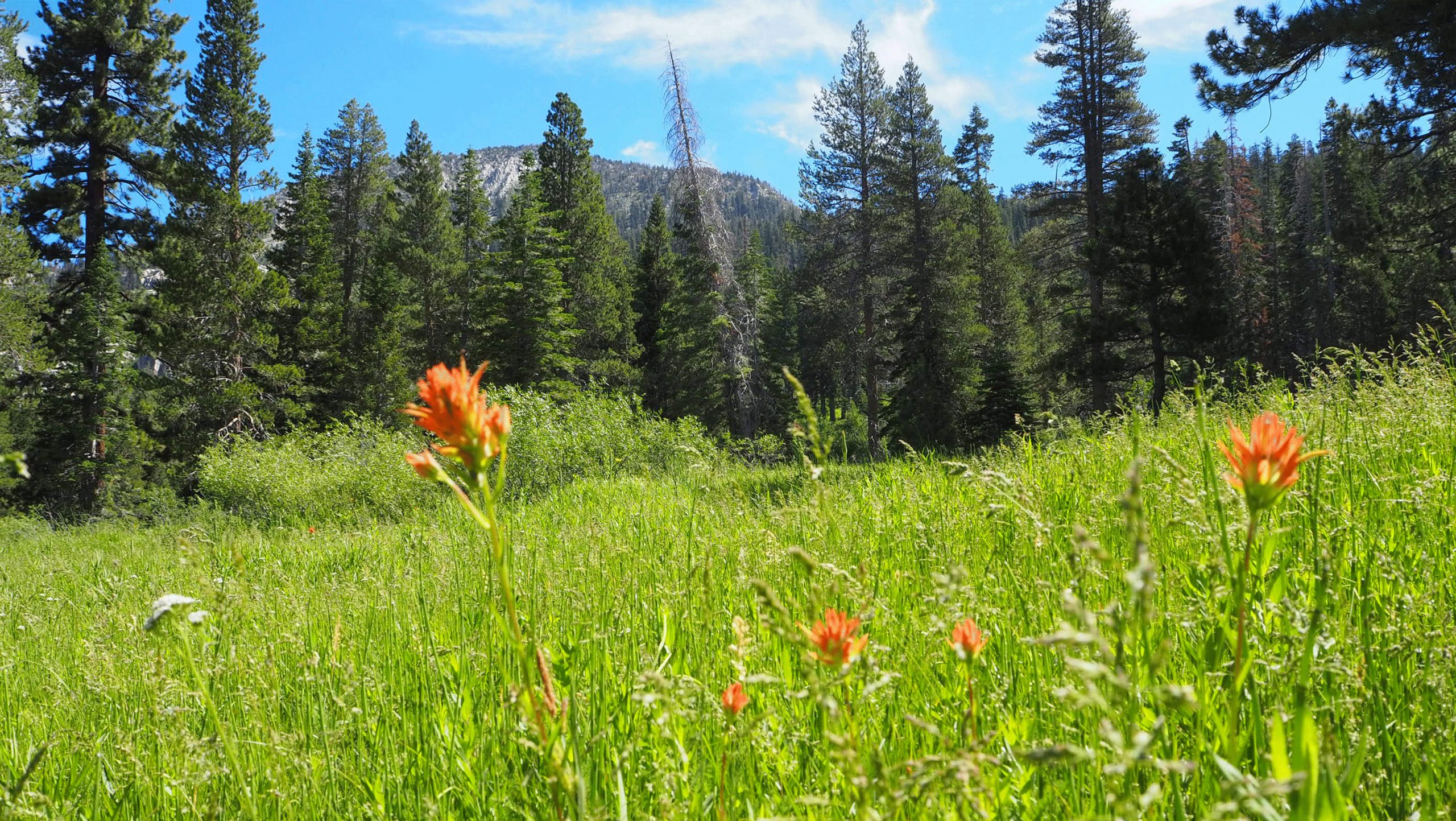

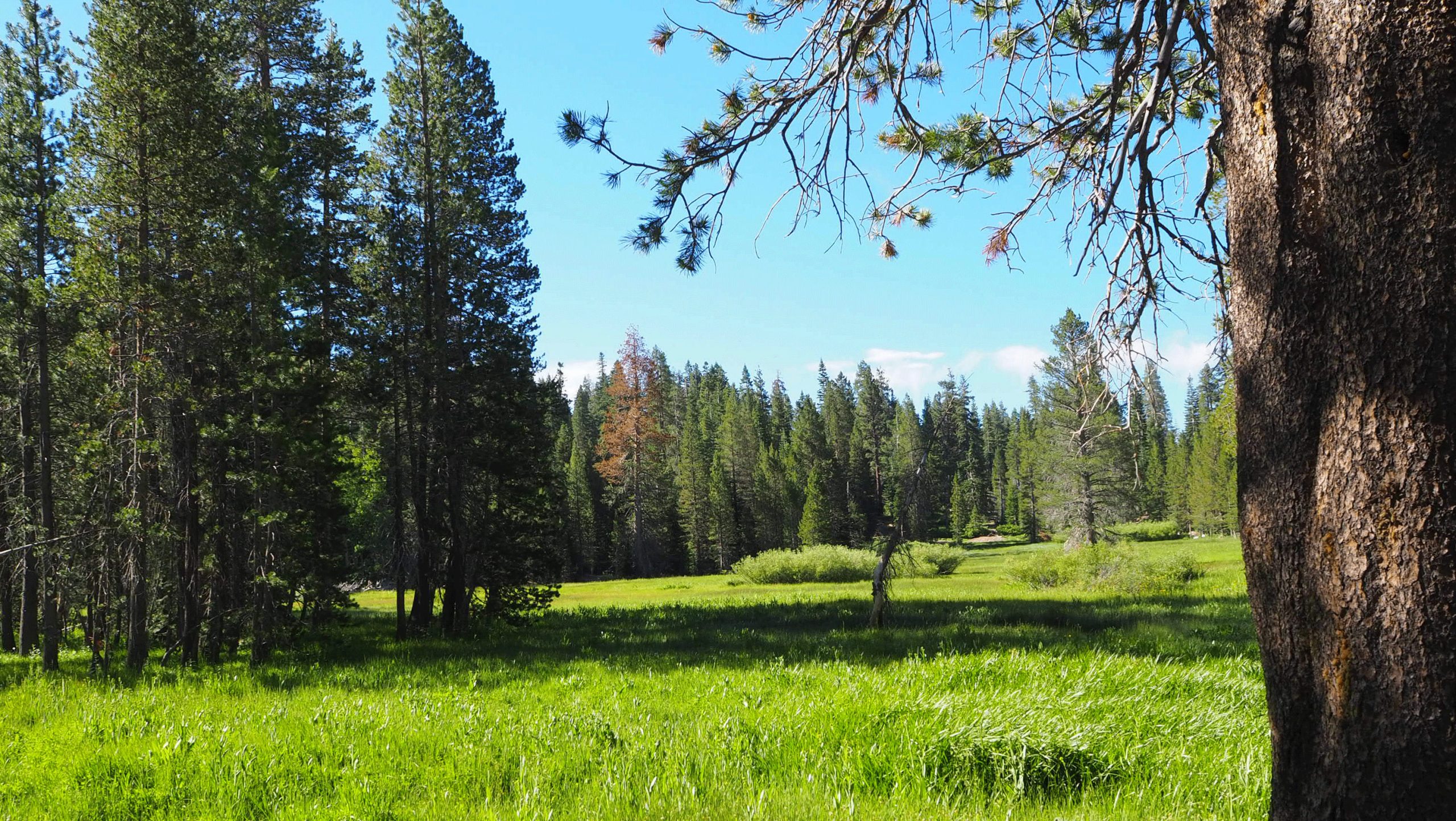

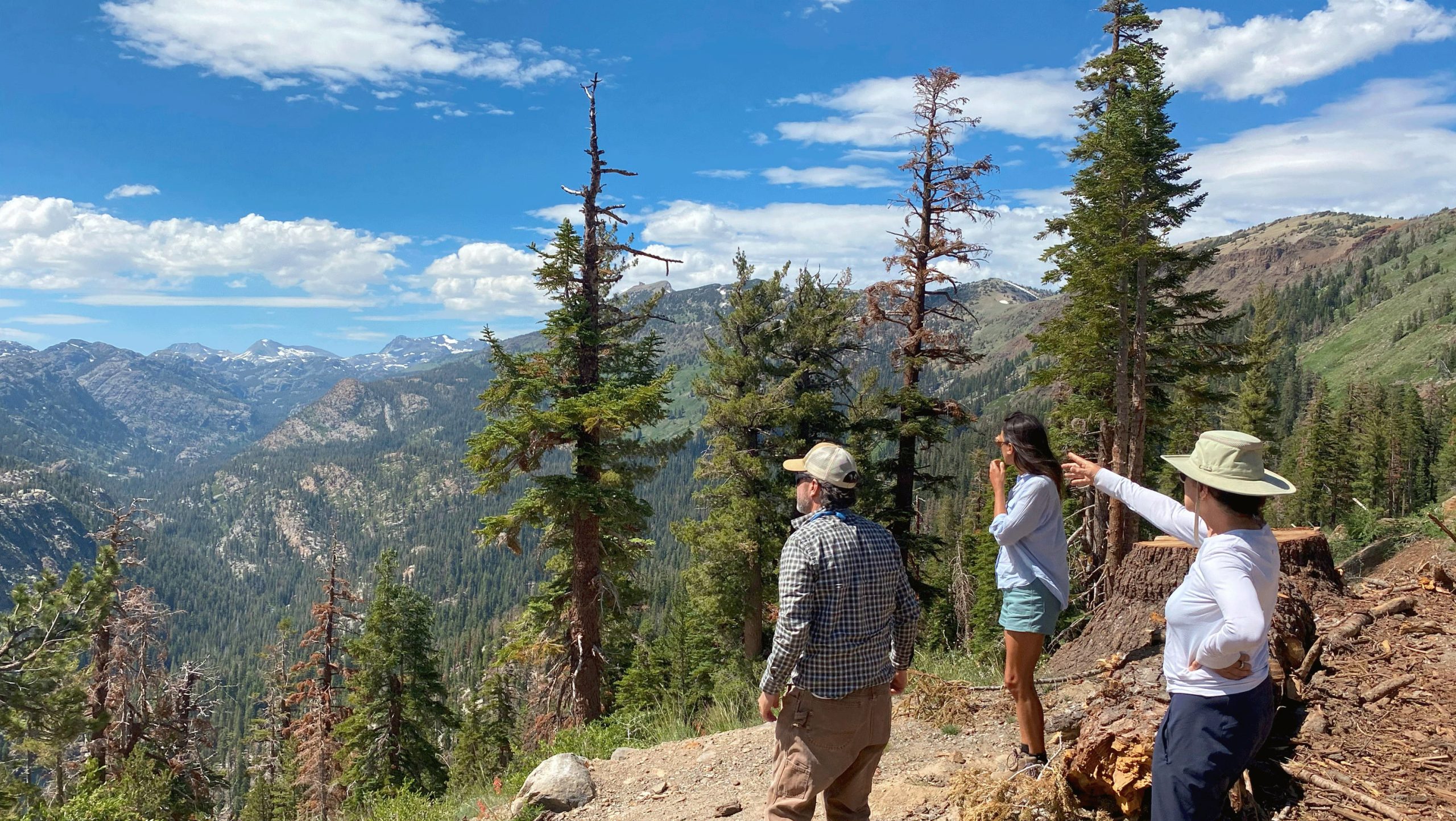
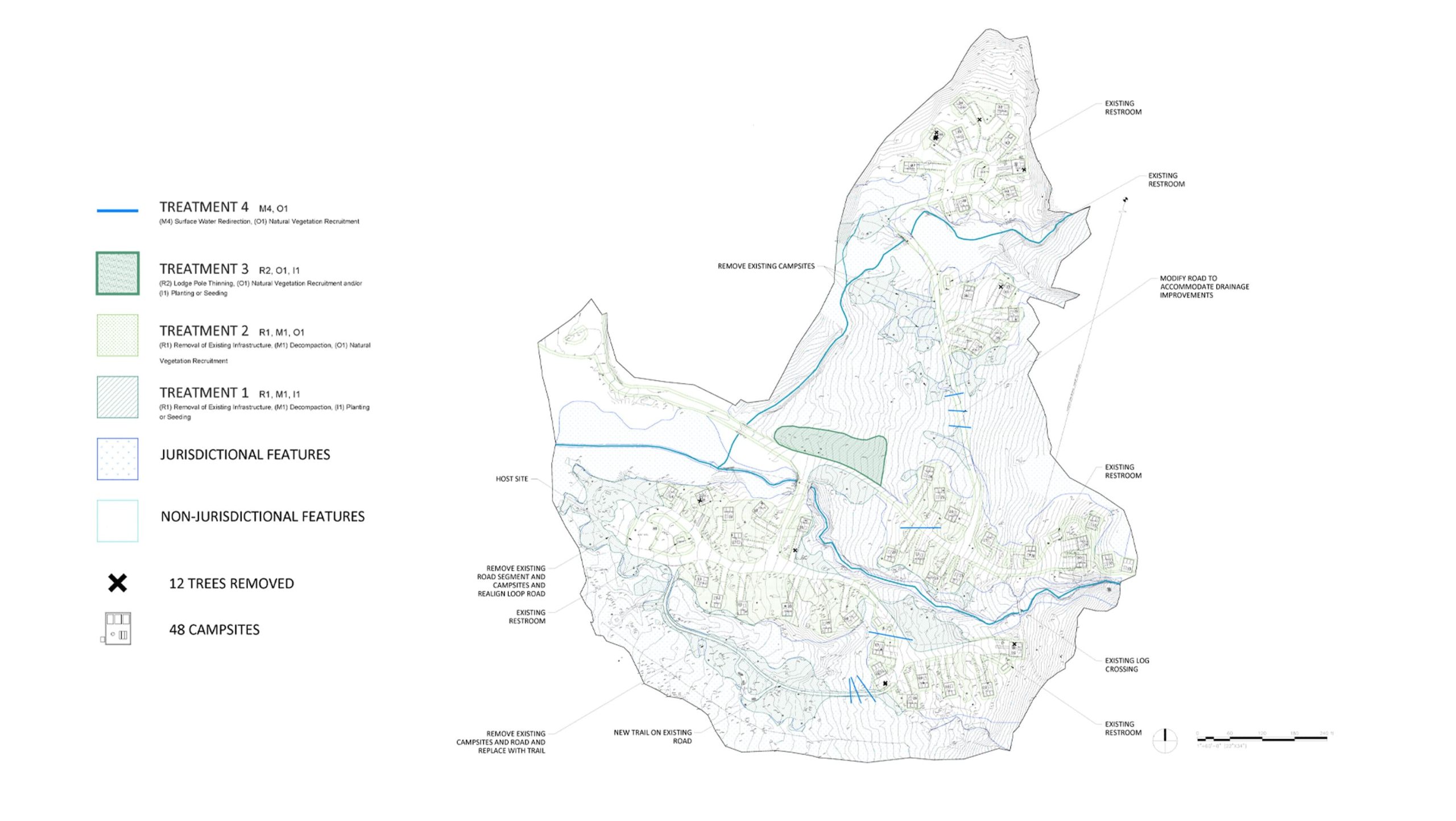
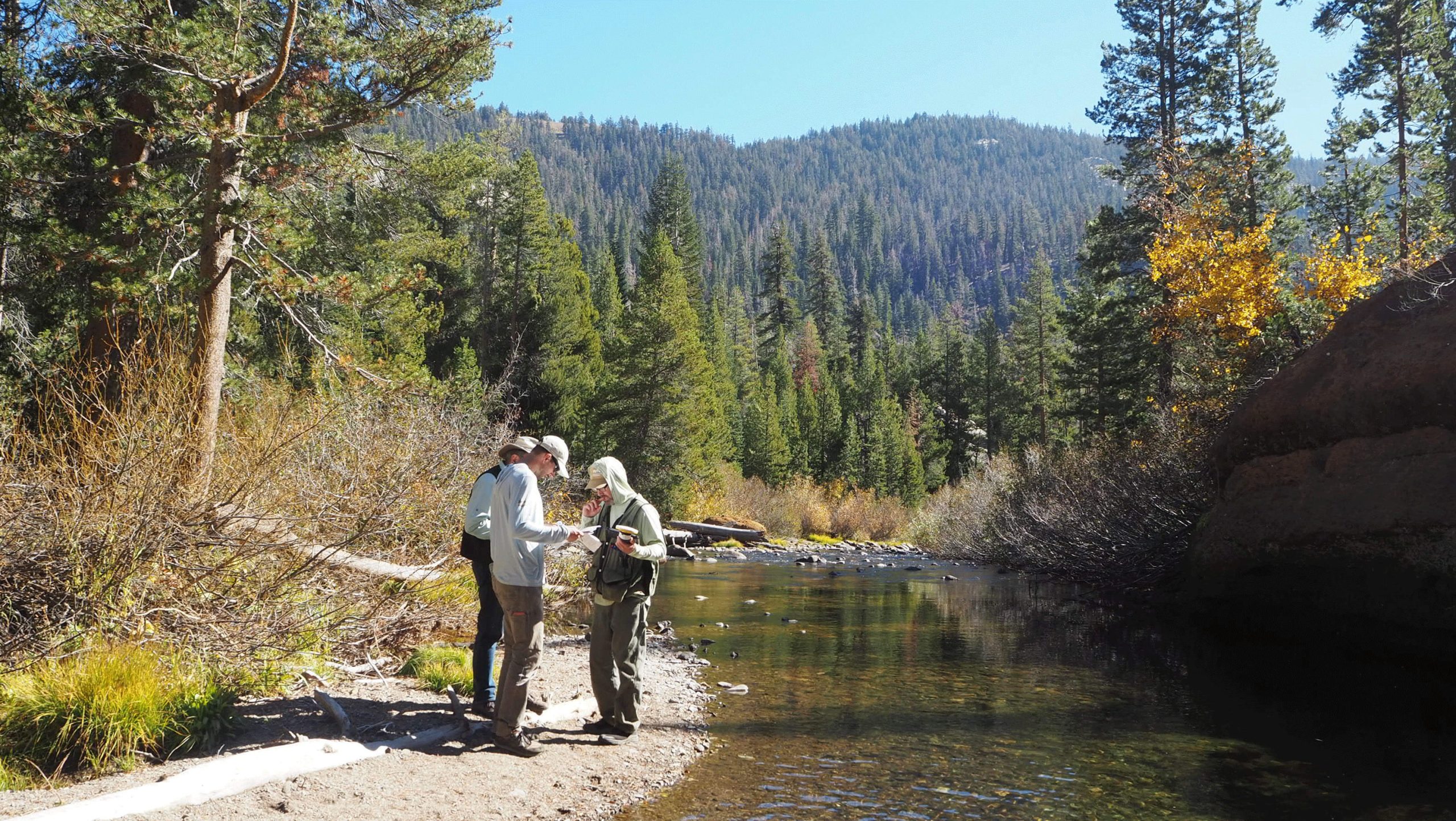
Reds Meadow Valley, nestled in the Inyo National Forest on Mammoth Mountain’s western slope, is a popular camping destination where the John Muir and Pacific Crest Trails meet. The area boasts 126 six-person campsites across five campgrounds, four group campgrounds, and additional facilities. However, over time, camper encroachment has significantly degraded the riverside wetlands and forest areas.
To address this, us, as landscape architect, with WRA, as environmental consultants, redesigned the campgrounds, aiming to restore 12 acres of wetlands and natural habitats while enhancing the camping experience. Their plan involved rerouting traffic, relocating campsites, adjusting facilities, and clarifying trail connections, all while meeting ADA and USFS standards. This redesign not only improves the camping experience but also contributes to the restoration of degraded habitats and the broader initiative to enhance water quality in the San Joaquin River watershed from the mountains to San Francisco Bay.
© All rights reserved WiLD LandArch